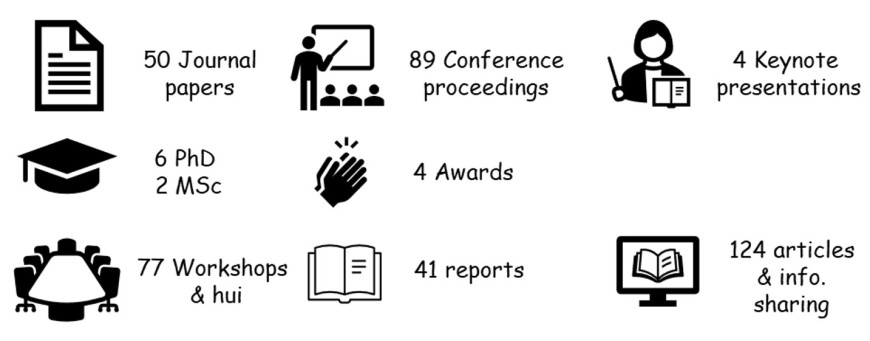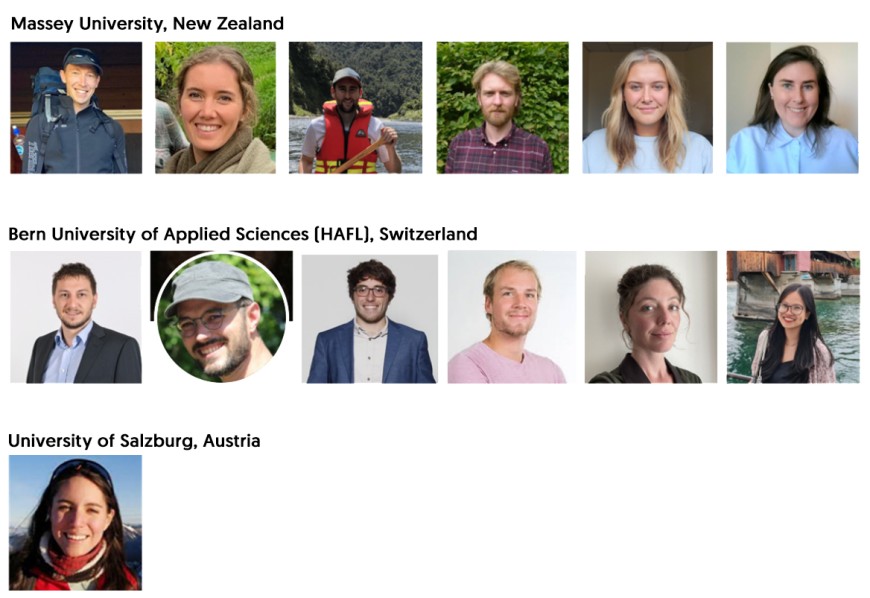- Home
- ...
- Smarter Targeting of Erosion Control (STEC)
- Smarter Targeting of Erosion Control (STEC) News
Final issue of STEC News
The Smarter Targeting of Erosion Control (STEC) programme officially ended on 30 September 2023. That month we marked the end of the programme with a workshop attended by the programme’s researchers and stakeholders (see presentations). Nine months on, the last of several projects have wrapped up and their outputs completed. Two PhDs are still to be completed.
When we proposed the programme back in 2017 we said we would deliver, among other things, the following impacts:
- By 2023, improved high-resolution spatial and temporal data have improved sediment source identification and sediment quality assessment, which has enabled cost-effective targeting of erosion and sediment control measures to reduce effects on water quality.
- This has provided confidence in farm and catchment decision-making for regional councils, iwi, and landowners that ensures land productivity is maintained or enhanced, and catchment water quality objectives for sediment under the National Objectives Framework (NOF) are on the way to being met.
- Assessment of soil conservation benefit to land and water has been made possible through improvements in sediment models and economic evaluation frameworks, as has the provision of new information on the performance, costs and benefits of erosion mitigation measures.
After 5 years of effort from the team I think we can confidently say that we have done most of what we said we would do, and that our research will continue to contribute to further impact in the areas outlined below.

Figure 1. A summary of the key outputs of the STEC programme.
In amongst these outputs there have also been some firsts. For example, the tree influence model developed as part of Raphael Spiekermann’s PhD provided the first species classification of individual trees at the landscape scale in New Zealand using freely accessible data, achieving an accuracy of 92.6%. In the same study, a landslide susceptibility model using binary logistic regression for silvopastoral landscapes was developed, which for the first time included spatial distribution models for individual trees of different vegetation types. Recently, Maksym Polyakov demonstrated the cost-effectiveness of reducing sediment loads and improving water quality at the catchment level.
One thing we are particularly proud of is our focus on building capability, locally and internationally, in erosion-related sciences. We have had a great bunch of people working on projects for their bachelors, masters, and PhD programmes. Without their contributions – in terms of both enthusiasm and output, and the efforts of their supervisors – we would not have achieved all that we have. They really do represent a living legacy for the programme.

Figure 2 . Students of the STEC programme.
As an MBIE-funded research programme we also said we would deliver a range of outcomes within the life of the programme and beyond, such as:
- high-resolution information on landscape erosion susceptibility, which has provided confidence for partner regional councils to target investment in catchment erosion control
- increased awareness among end-users, including iwi, of the need to reduce erosion to meet catchment targets for sediment.
We have made good on delivering these outcomes. For example, the use of LiDAR to refine erosion susceptibility models is providing partner regional councils with the tools to target investment in catchment erosion control. Similarly, scenario modelling with the improved SedNetNZ model is providing regional councils with the information they need to implement catchment sediment targets within their regions.
The programme has now officially ended and the last of the project work has largely wrapped up, which just leaves me to thank my co-lead Hugh Smith, the research team, the programme’s partners and stakeholders, and you, the reader, who have followed us on STEC News over the last 5–6 years. On a personal note, STEC was one of my last big projects. In the last year or so I have been easing into retirement and aim to hang up my boots in 2025.
Ngā mihi
Chris Phillips
